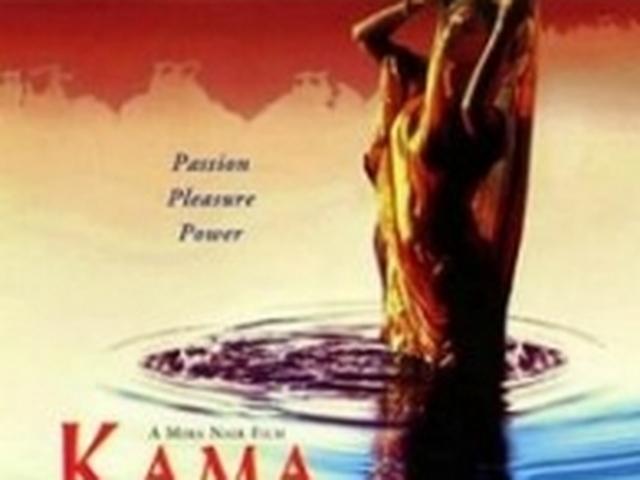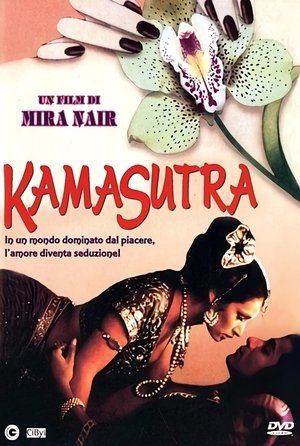
“Rain or shine, didi is there” is what the students’ parents say about Nag. And they keep coming back,” Nag says, noting that when her college students return, their parents will often come to her studio to find their daughters. At 14 and 15 there are lots of ups and downs. At 10 or 12 they start to push my buttons. “When they start with me they are scared. Despite her skill and creativity in dance, she also has a keen sense of childhood and adolescent development. Some of them have been with me for 20 years, and now I’m teaching their children. “Seeing them grow and mature makes me so proud of them. Each one is different and each one has an individual place in my heart,” says Nag who will showcase all of her students in the first half of the performance. The performance is the culmination of 20 years of creativity, and also demonstrates the effortless love Nag has for her students. Why isn’t he coming? And the whole night passes,” Nag narrates. “Krishna is always playful, but maybe he’s not coming… anxiety builds. Nag will join her four senior dancers in portraying Radha in the second half of the performance, and her passion for depicting Radha’s emotional journey comes through as she talks about Radha’s internal dialogue throughout the course of the performance. Through this emotional transformation on stage, Radha eventually becomes Radhika, accepting Krishna’s nature and developing a saintly and divine love. The piece begins with Krishna having just left Radha and Radha passing through adoration, anxiety, anger, repentance, and longing. The latter half of the performance traces rasas throughout Krishna’s life, focusing on Radha’s emotions. This is the period where Krishna’s mother’s love comes to predominate,” Nag explains as she describes how central mothers are to the emotional development of their children.

“During the 14th through 17th centuries, a great Bhakti movement swept through central and northern India, initiated by a loosely associated group of sants. I decided to add vatsalya, the love of a mother for her child” says Nag.

“For the second portion I added another emotion that’s not one of the usual nine emotions in kathak. One of Nag’s dancers is an accomplished ballerina, and Nag carefully matched traditional kathak movements to ballet for the first half of the performance. We kept the intonation but had to create a kathak influence” explains Nag. “This music does not have our typical beats of 8, 10, or 16. This diversity forced Nag and her dancers to stretch their sense of rhythm.

Sufi music featuring Kabir, Irish folk music, orchestral music from Tchaikovsky, and flamenco rubs shoulders with Chinese and Japanese music. “I wanted to bring the world together through dance,” explains Nag and as a result she has drawn together a fascinating mix of classical music and folk. The first portion of the performance is entitled Yatra, and is a journey through music from across the world. “I always dance the creativity is so healthy” says Nag, and her deep passion and creativity when it comes to dance is reflected in the development of her upcoming performance. The Asia Cup: A Tournament Filled With Surprises! Fiction Column: Tiny Tales From the Heart.Voices Column: Desi Roots, Global Wings.



 0 kommentar(er)
0 kommentar(er)
